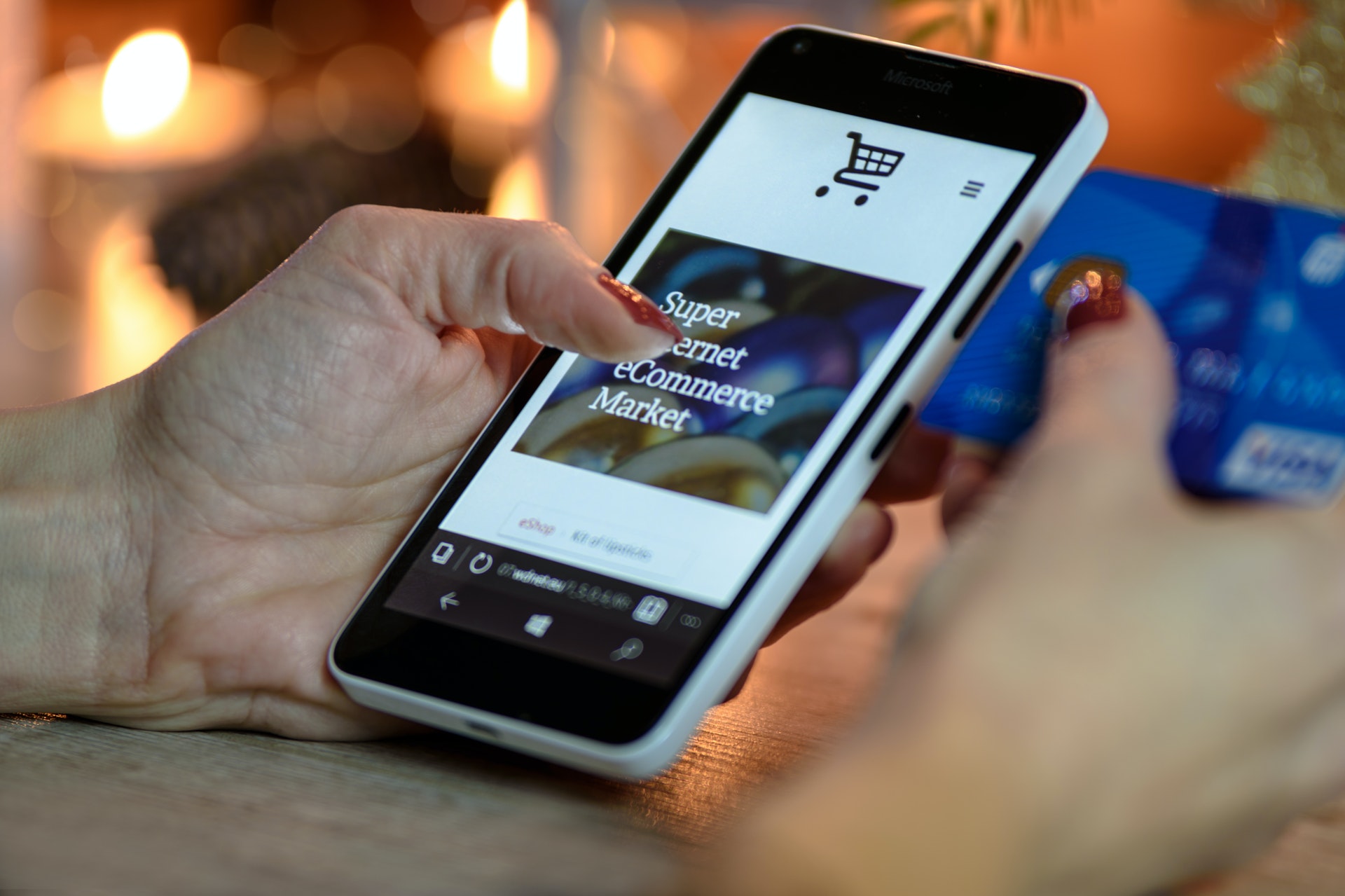E-commerce was already growing quickly, but the COVID-19 pandemic pushed the growth into the stratosphere. As of April 2020, e-commerce had a 129% year-over-year growth rate, and that number only continued to soar throughout the year.
This is great news for any e-commerce company, but to take advantage of these trends it’s essential to create a broad content marketing strategy to capture leads and turn them into customers.
Content marketing allows you to engage consumers from the very beginning of the buying cycle instead of trying to capture them at the end during a purchase decision. Here are the best practices you can use today:
Map Out the Consumer Buying Cycle
Content marketing is a strategy that meets the customer where they are. That means that the foundation of a strong content marketing plan is to understand the consumer buying cycle and how it applies to your products.
First, a customer has to identify a need and become aware that a solution exists. Then, they research the various options and determine how their needs might be met. Third, consumers consider different solutions and compare products. Finally, a customer makes a purchase decision and buys a product.
What does that look like for your company? What needs do you meet and how? What competitors do you have that leads might consider? How can you make your product the obvious choice for purchase?
Once you answer these questions, you’ll be ready to start planning content to match each part of the buying cycle.
Types of Content to Use
Some business owners hear “content marketing” and think of blogging. Others aren’t sure what to create or where to start. That’s not surprising, since there are so many choices!
You can certainly write articles and have a blog. This can help you establish authority, educate your leads, and boost your search engine optimization (SEO). However, one of the most effective types of content to create is video.
Humans are visual creatures, and using video makes your marketing more engaging and memorable. You can tell a story, which makes your marketing catchy and more persuasive. Best of all, video gives you a chance to communicate both verbally and non-verbally.
Another way to take advantage of visual marketing is by using infographics. These quick, easy-to-read graphics share a lot of information in a way that’s easy to understand.
No matter what type of content you use, make sure that you match the content to the buyer’s stage. If they are just becoming aware of their needs, expound on those pain points. If they are considering solutions, educate. You can give pros and cons to help them compare and special deals to help them buy.
Every piece of content you create should have a job — to meet the prospect at the stage they’re in and invite them to step into the next one.
How to Find Content Ideas
Now that you know what kinds of content to produce, how do you decide what to talk about? This is one of the most challenging aspects of content marketing. You need not just one good idea but dozens so that you can keep your content consistent over time.
Start by simply asking your audience. You can ask what their primary needs are. Ask your customers what their experiences with your products have been and how they decided to buy from you. This can help you create content for all four buying stages.
Research what your competitors are doing. They’re sharing content and converting customers. How are they doing it? What are they talking about? Find out what the best-performing articles, videos, and graphics in your niche are. Then, think about how you can update or improve them yourself.
Think about what you already know about your industry and consumer needs at each buying stage. Brainstorm ways to answer common questions, solve pressing needs and educate consumers about what’s possible when using your products.
You can also do online research. AnswerthePublic is a great tool that helps you find commonly searched questions about any topic, product, or service. Take the questions and break them down into detailed parts. Answering these queries can keep you busy for a long time!
Using these methods will give you a lot of ideas and information. From there, it’s important to create content systematically. Start with one large cornerstone piece and then break it down for use in video, blog posts, infographics, and more. You can do this every quarter to create consistent content over the year.
Promoting Your Content
Once you’ve created content, you have to put it to work! That means sharing it where people interested in your products can see it. There are many ways to share the assets you’ve created.
Email marketing is a common and effective way to nurture your audience and move them toward a purchase decision. You can offer exclusive access to information and special deals to your subscribers.
Another way to share is on social media. When you use social media for content marketing, be sure to create urgency to boost engagement. You can use limited-time links and offers to encourage people to act right away. Stories also do very well on social media, as do advertisements boosting your content to a specific audience.
When you get your content in front of your ideal audience, you’ll be building awareness, educating consumers, and moving people closer to purchasing your products.
Boost Conversions With Content Marketing Today
Ineffective content may be catchy, but it doesn’t move people toward purchasing your products. That’s why it’s crucial to have a strategy and match your content with the buyer stage.
Effective content marketing nurtures leads from day one. It also builds engagement, encourages leads to move forward in your sales funnel, and boost conversions. Don’t underestimate the power of this marketing strategy to move the needle in your e-commerce business!
Don’t forget to share this article
